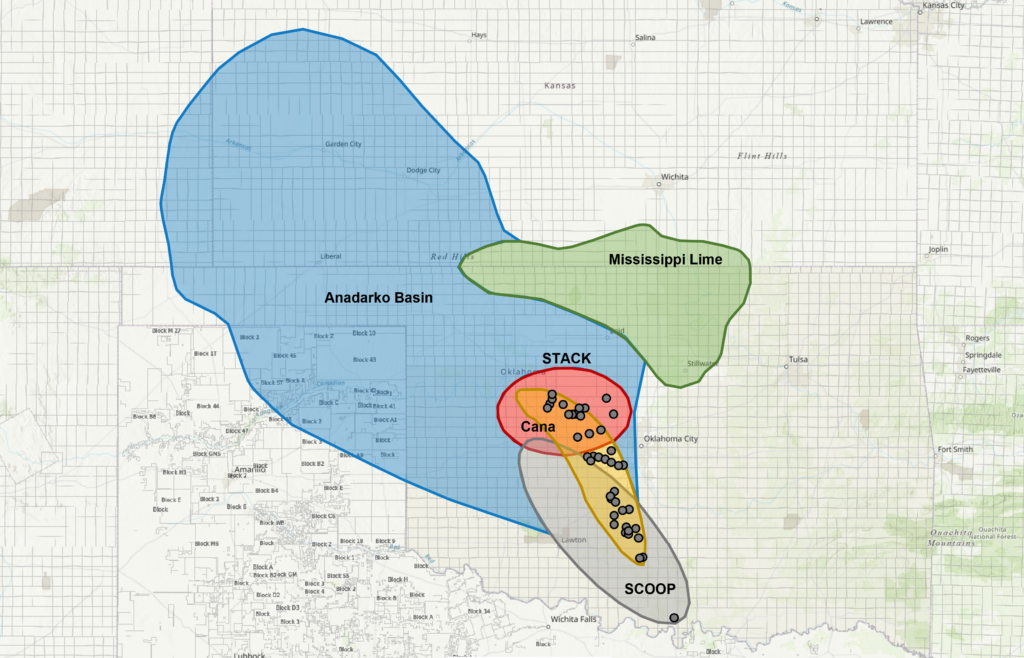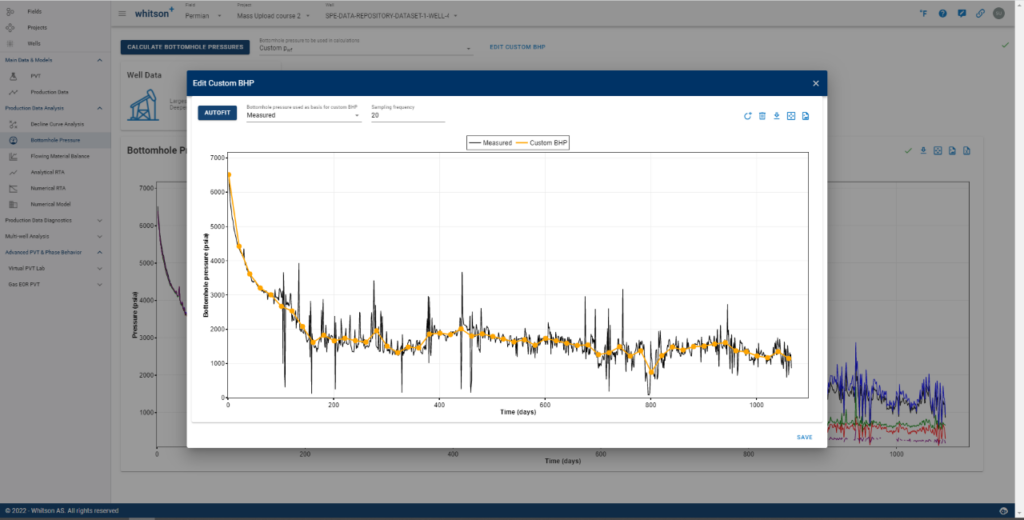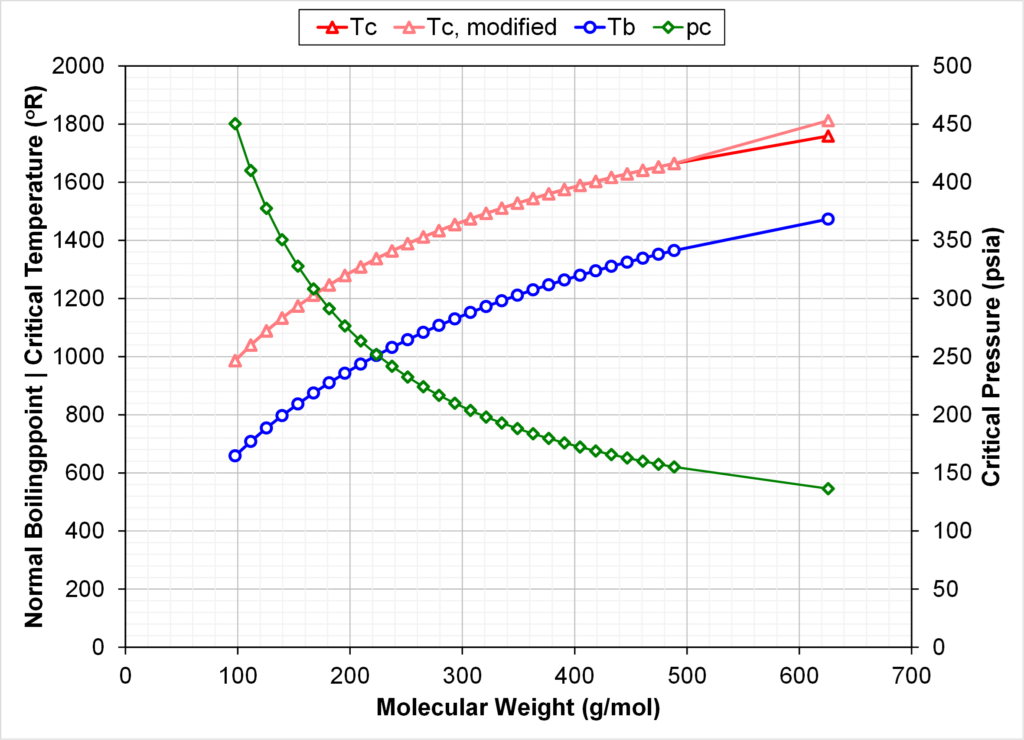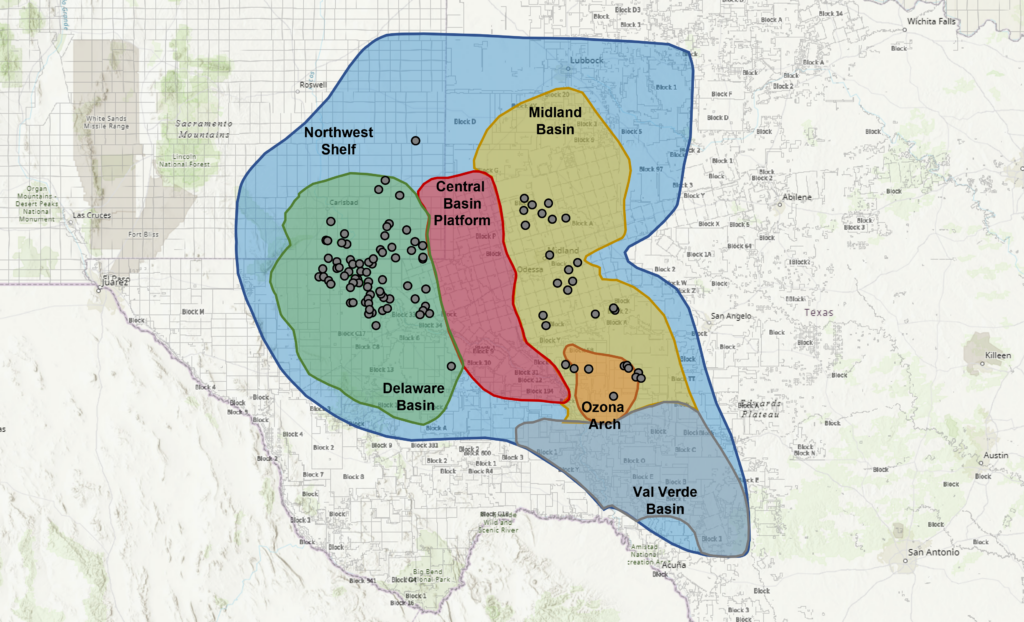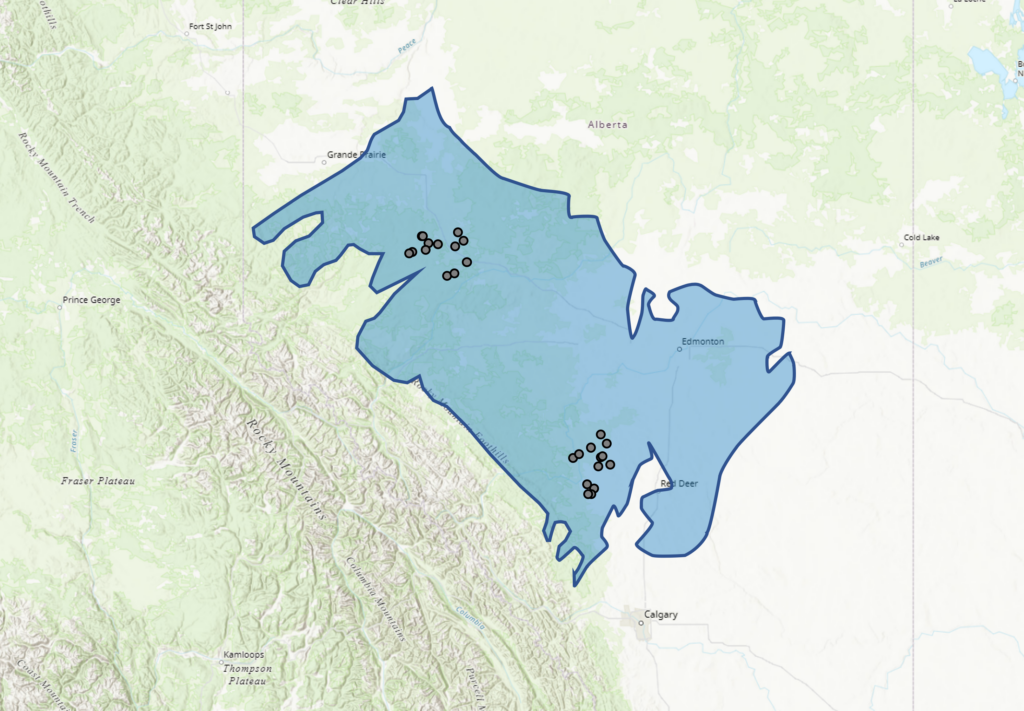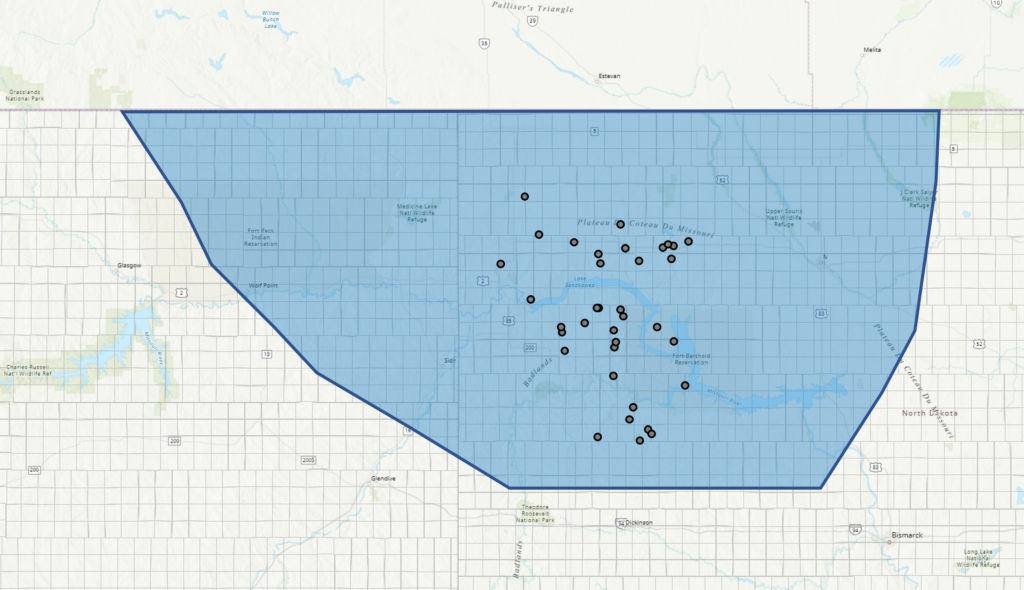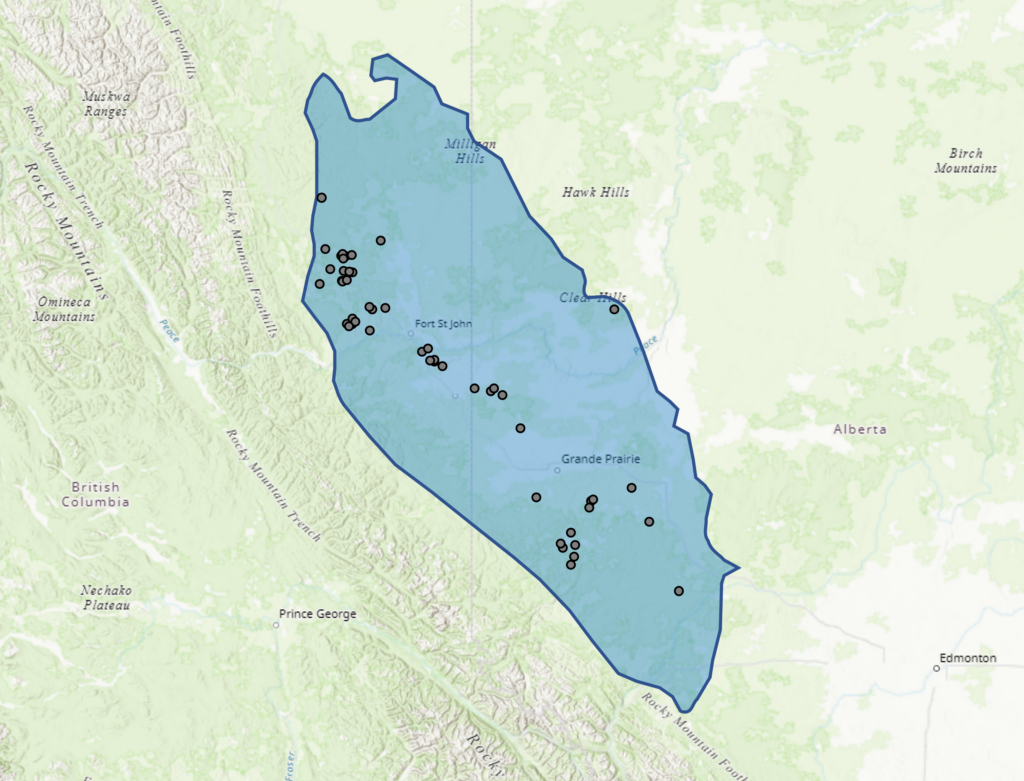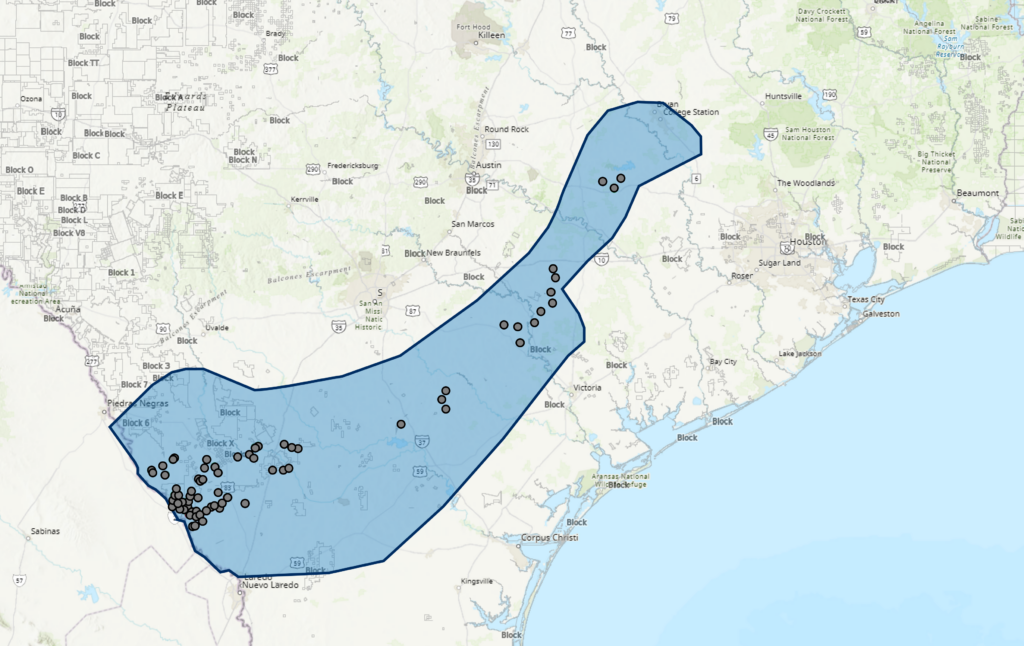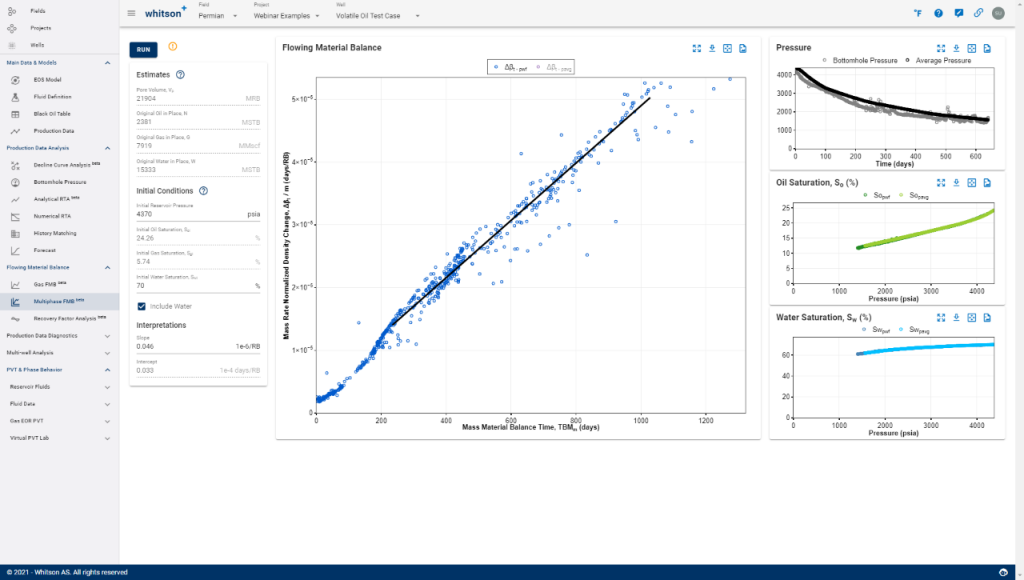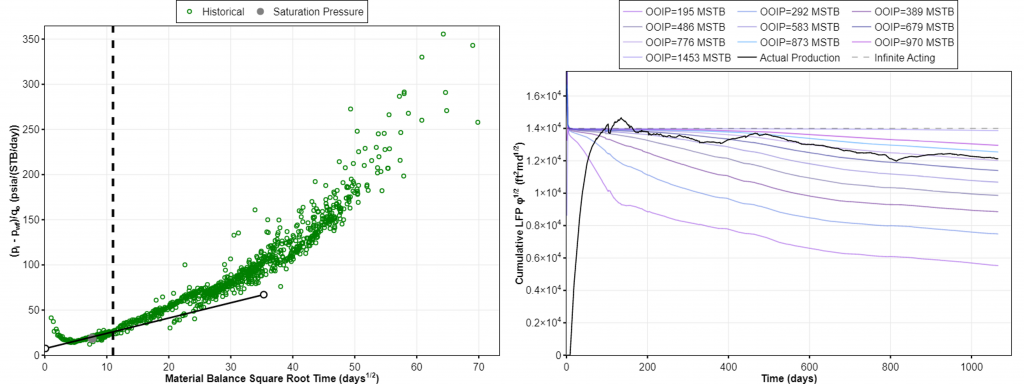Anadarko – Multi-Client PVT Study
Last updated: 11 August 2022 SCOOP/STACK/Merge – Multi-Client Study The SCOOP/STACK/Merge multi-client project was first initiated in February 2019. The main objective of the study was to create one, field-wide equation of state (EOS) model for the entire Anadarko Basin. Since then more data has been incorporated into the model, resulting in a more robust […]

